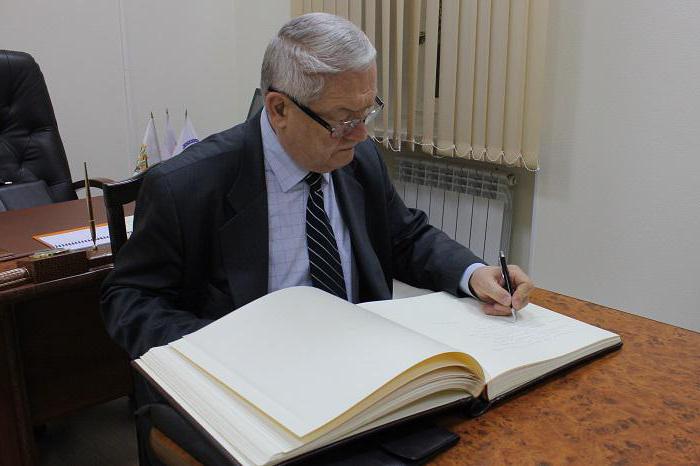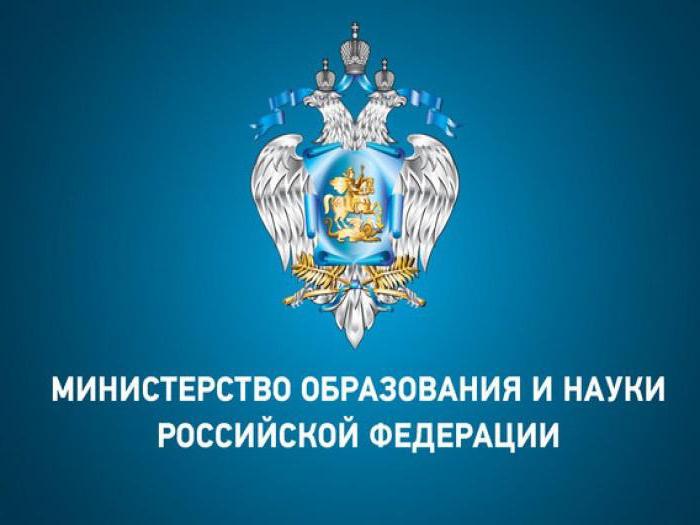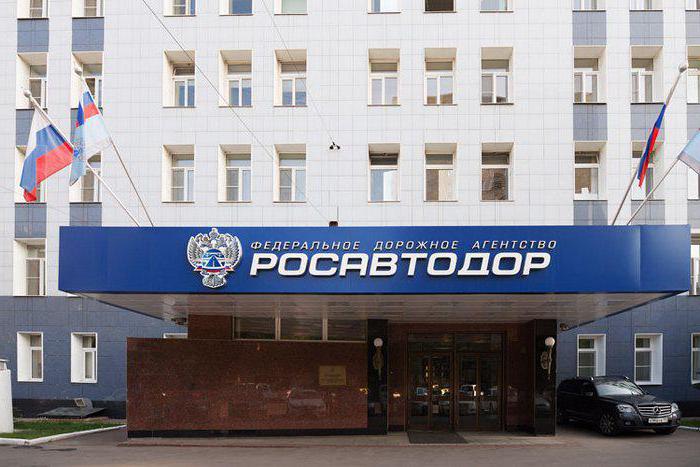In the Russian Federation, the functions of the federal or local authorities are mainly carried out by state and municipal institutions. Their founders are different bodies or MOs. Let us consider in more detail government institutions.

General information
An institution is a legal entity established by the owner with the goal of implementing socio-cultural, administrative or other non-entrepreneurial functions. It is funded by the creators in part or in full. Russian government institutions of the administrative type are represented by legislative apparatuses, executive institutions of power, committees, departments, ministries, divisions of the prosecutor's office, etc.
Classification
Government agencies, like enterprises, are divided into types depending on:
- Forms of ownership.
- The scale and significance of their work. In particular, there are federal, regional state bodies, local representative offices, etc.
- The scope and nature of the activity.
According to the last criterion, there are:
- State social institutions. These include boarding schools, institutions for the elderly, the disabled, and so on.
- Educational institutions. Among them are schools, universities, colleges and so on.
- Scientific institutions. This category includes academies, research institutes and so on.
- Cultural institutions - theaters, libraries, museums.
- Healthcare facilities - clinics, hospitals and so on.

Normative base
State institutions act as subjects of administrative law. They participate in appropriate relations with executive and other institutions of power in the implementation of their functions. The rules of law determining the legal status of institutions establish:
- General rules for their interaction with other authorities.
- The state registration procedure.
- Licensing rules, technical regulation regulation, supervision and control in the implementation of certain activities by state institutions.
- General mandatory procedure for maintaining and providing statistical and accounting reports to authorized services for the purpose of taxation and generalization of economic information.
The legal status of state institutions has a number of features. The key one is that the owner is the Russian Federation. Government agencies are managed by officials who are appointed by competent authorities with authority. The procedure in accordance with which the formation and liquidation of these legal entities is carried out is established by law.

Budget company
A non-profit organization of this type is formed by the authorities of the Russian Federation. It can carry out various functions. So, there are cultural, administrative, scientific and technical budget state institutions. Their financing is carried out at the expense of state funds or a regional fund. For example, city government agencies receive money from the budget of a constituent entity of the Russian Federation. Financing is carried out in accordance with the income estimate. Funds may also come from the state extra-budgetary fund. The procedure for their provision is established in Art. 161 BC.
State Autonomous Institution
It acts as a legal entity with the legal ability to acquire and exercise non-property and property rights, fulfill duties, represent its interests in court as a defendant or plaintiff on its own behalf. It can also open accounts in banking (credit) organizations.
A responsibility
An autonomous institution is liable for its own obligations with its property, except for immovable objects and especially valuable movable items.These material values can be assigned to the enterprise by the owner (founder) or acquired at the expense of allocated funds. The owner of the property is not liable for the obligations of the institution. Accordingly, the enterprise itself is not liable for the debts of the owner.

Activities
An independent state-owned enterprise, acting as a non-profit organization, functions in accordance with the goals and objectives established in the charter, the Federal Law. Activities are carried out by providing services or performing work in a specific area. The company can receive income from its work. The profit goes to the independent disposal of the institution and is spent on achieving the goals for which it was formed. The owner of the property cannot claim to receive such income and use the property assigned to the legal entity.
State enterprises
The work of these institutions is governed by special rules. State-owned institutions are not allowed to take part in the work of other state-owned enterprises, including educational institutions, to purchase bonds, shares and other securities, as well as to receive income on them (interest, dividends). They can carry out profitable activity if it meets the goals set in the constituent documentation. The income received should be directed to the budget of the Russian Federation. State institutions cannot participate (establish) in the formation of other legal entities.

Property
Material values are assigned to state institutions on the basis of operational management. Enterprises use, own such property to the extent prescribed by law, in accordance with the goals of its creation, as well as the appointment of entrusted objects, unless otherwise provided by the rules. Disposal of material values, their alienation and other transactions with it is carried out exclusively with the consent of the owner. In the event of a reorganization of a public institution, creditors cannot demand early repayment of obligations, as well as their termination and compensation for losses associated with this.
Charter
He acts as the main founding document state enterprises. It should contain the following information:
- The name of the institution indicating its type (budget, treasury).
- Information about the owner of the property.
- A complete list of the types of activities that the company will carry out according to the goals for which it was formed.
- Information on the structure and competence of the administrative bodies of the institution, the procedure for their creation, duration of authority, rules of operation.

Conclusion
Budget, autonomous and state-owned institutions must ensure the availability and openness of documents, taking into account the requirements of the legislation of the Russian Federation on the protection of state secrets. Since the circle of such enterprises is quite wide, their legal status is determined by different regulatory acts. The legislation does not have uniform requirements for the constituent documentation of these legal entities. Some enterprises operate in accordance with the charter, others operate on the basis of regulations approved by the owner. State institutions, unlike other types of non-profit structures, do not act as owners of their property.
 The owner of all material values is the entity that created the enterprise of any type described above. In this regard, government agencies are vested with limited rights to material assets transferred to them. In particular, they can carry out operational management of property. Such a right involves the disposal, use, possession of material assets only to the extent and according to the rules established by law for a particular type of enterprise.In this case, the direct purpose of the property itself is taken into account, as well as the goals in accordance with which the institution carries out its activities.
The owner of all material values is the entity that created the enterprise of any type described above. In this regard, government agencies are vested with limited rights to material assets transferred to them. In particular, they can carry out operational management of property. Such a right involves the disposal, use, possession of material assets only to the extent and according to the rules established by law for a particular type of enterprise.In this case, the direct purpose of the property itself is taken into account, as well as the goals in accordance with which the institution carries out its activities.






